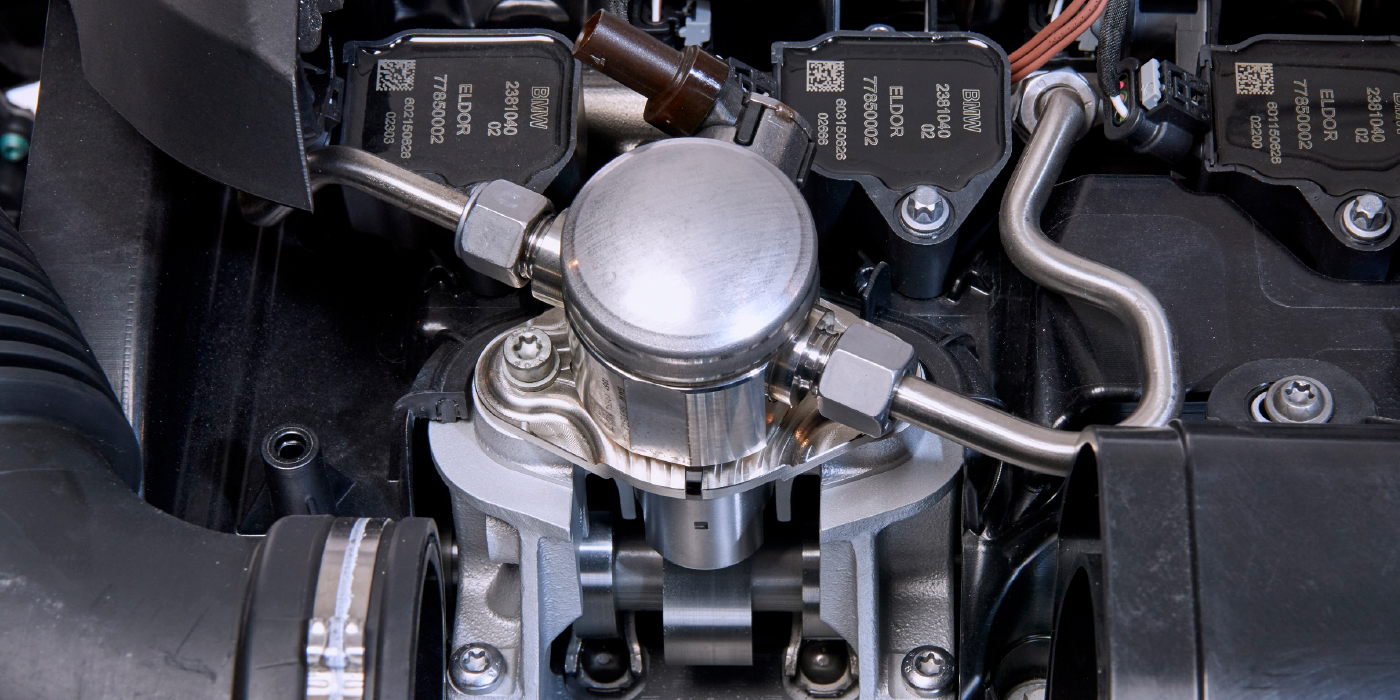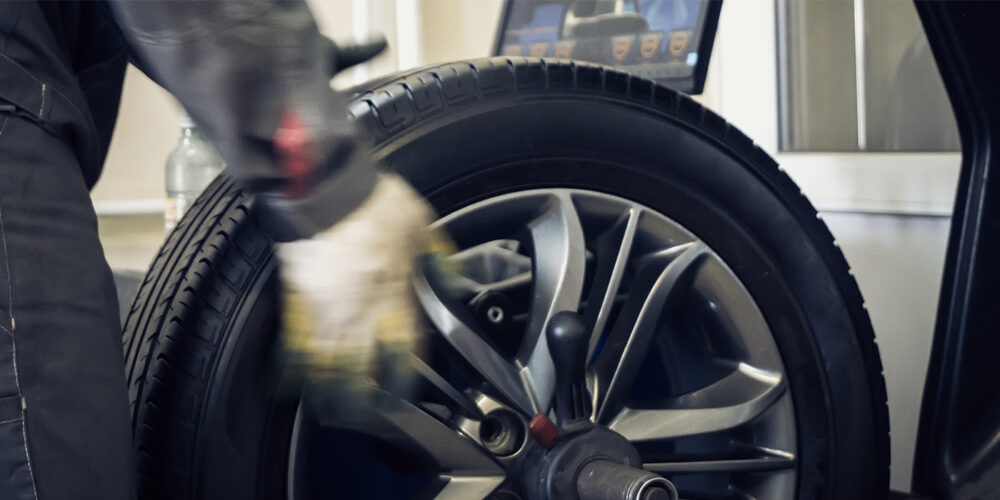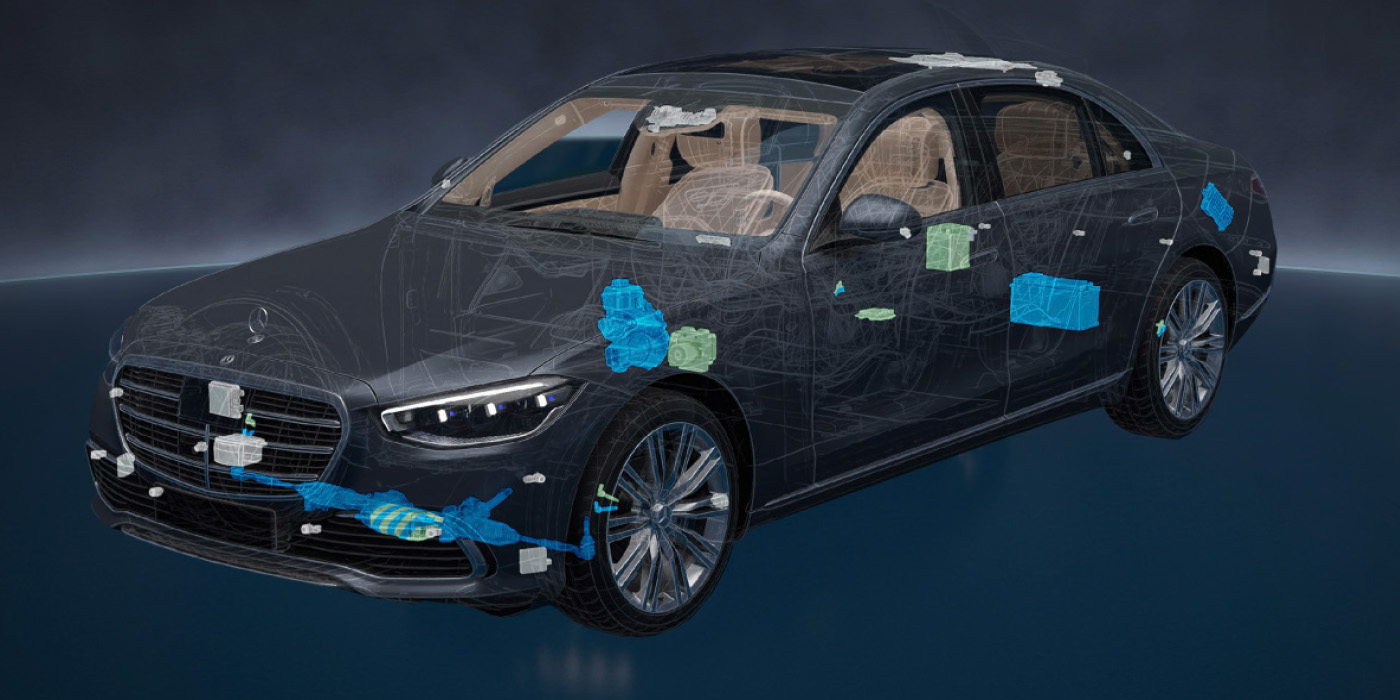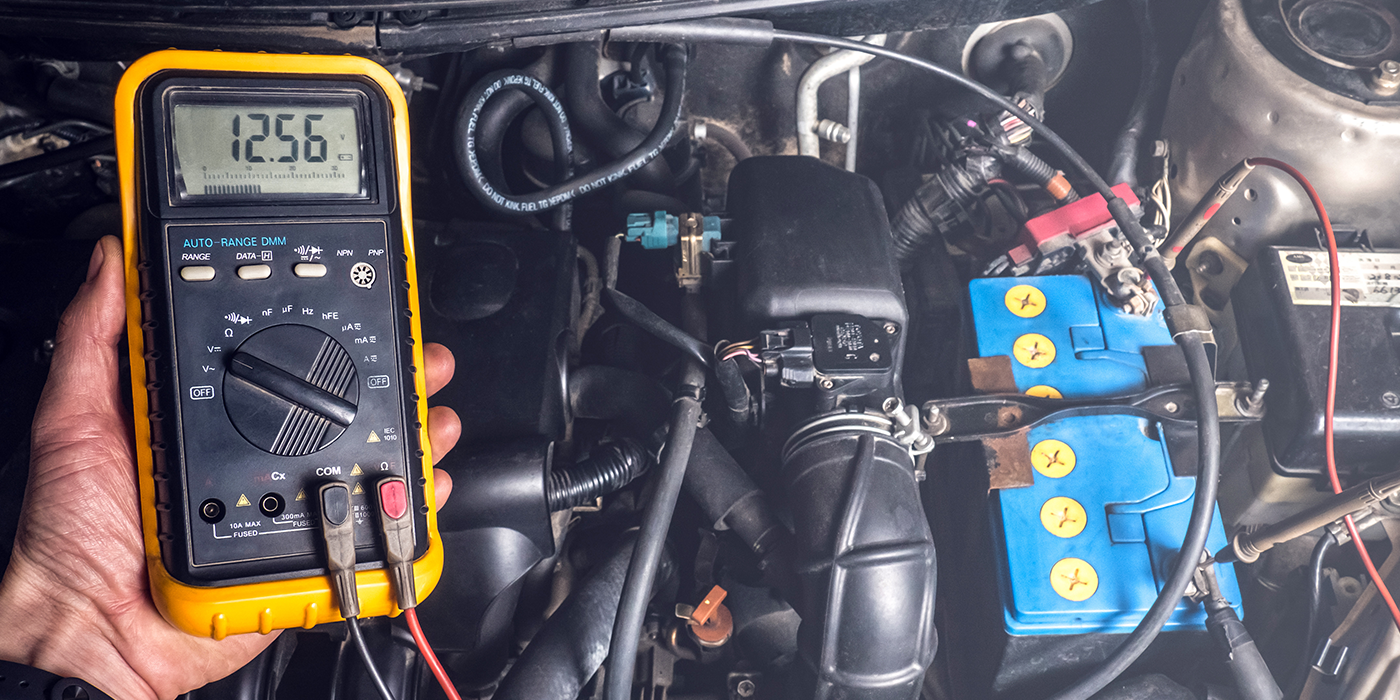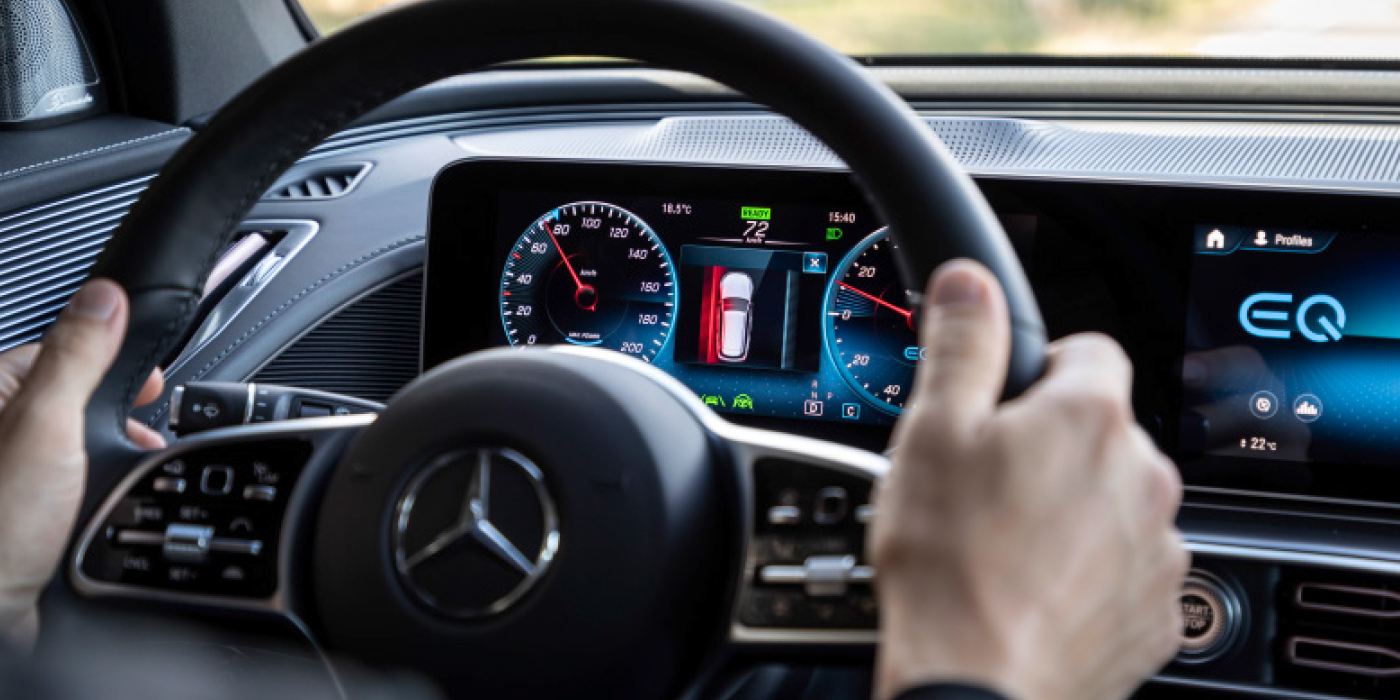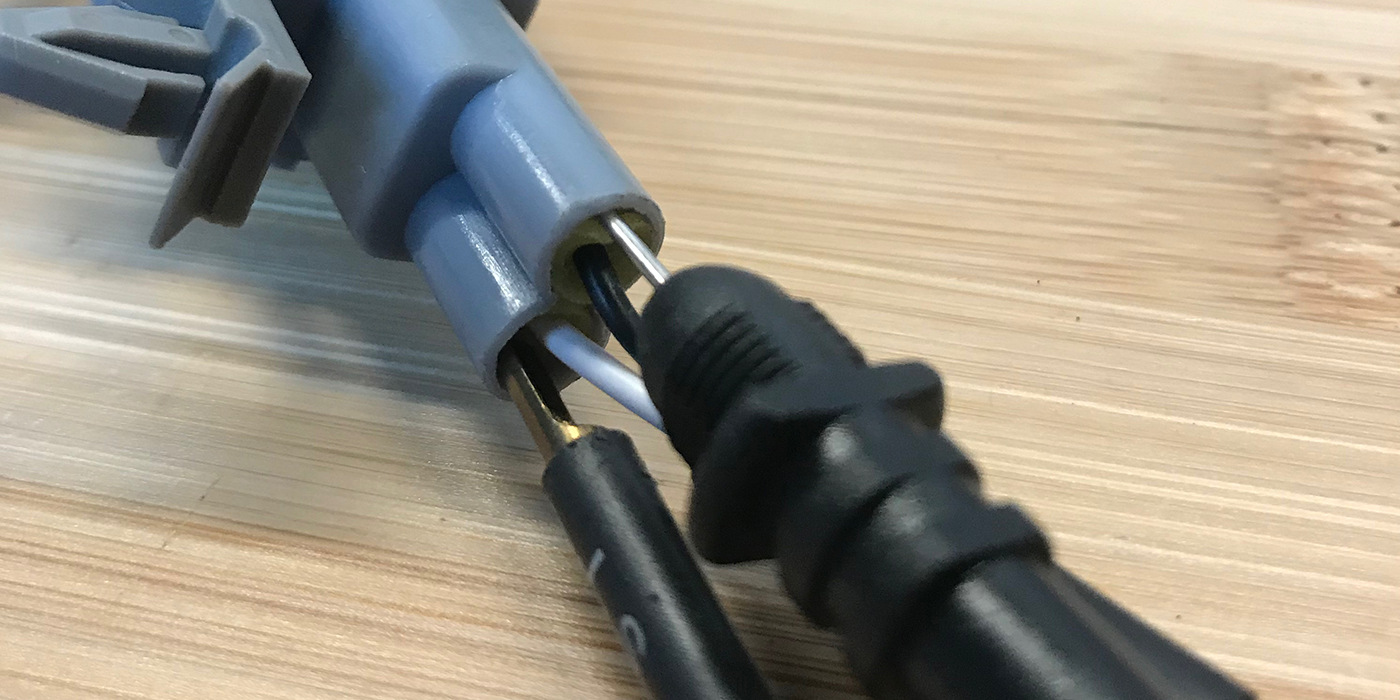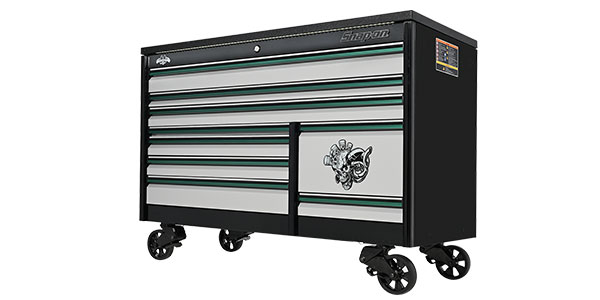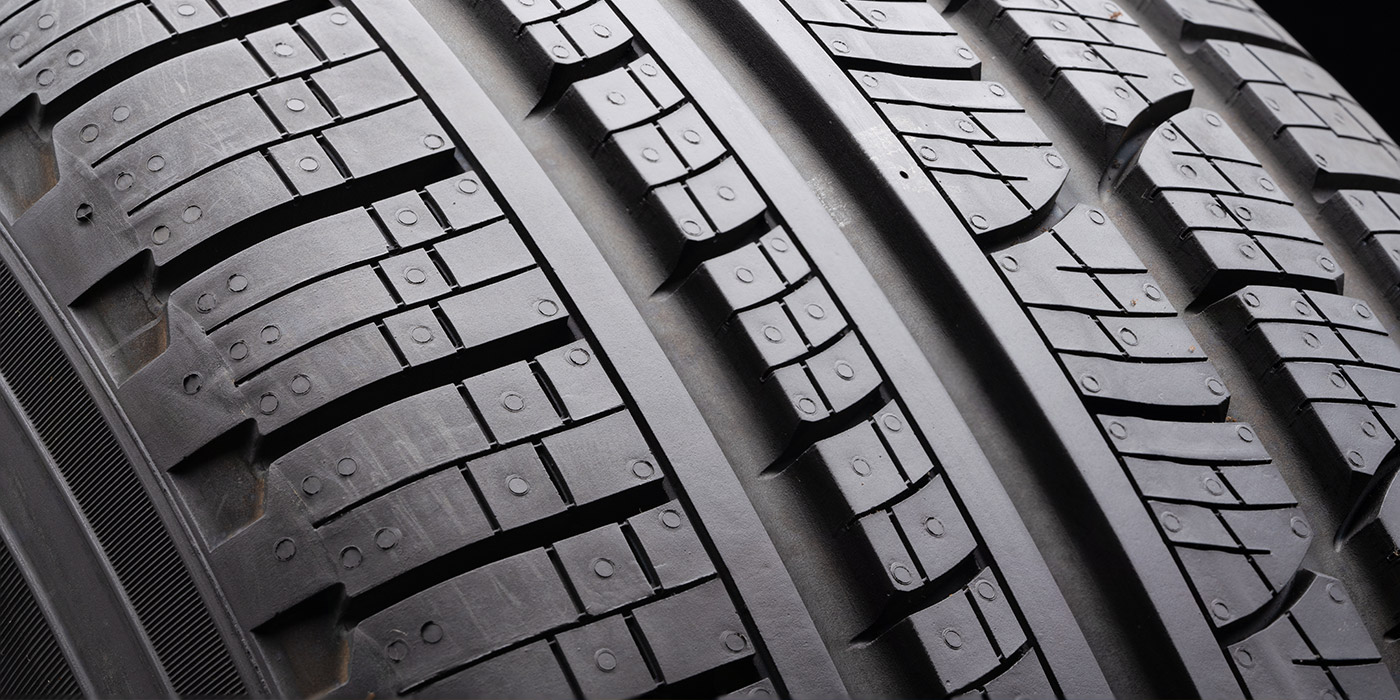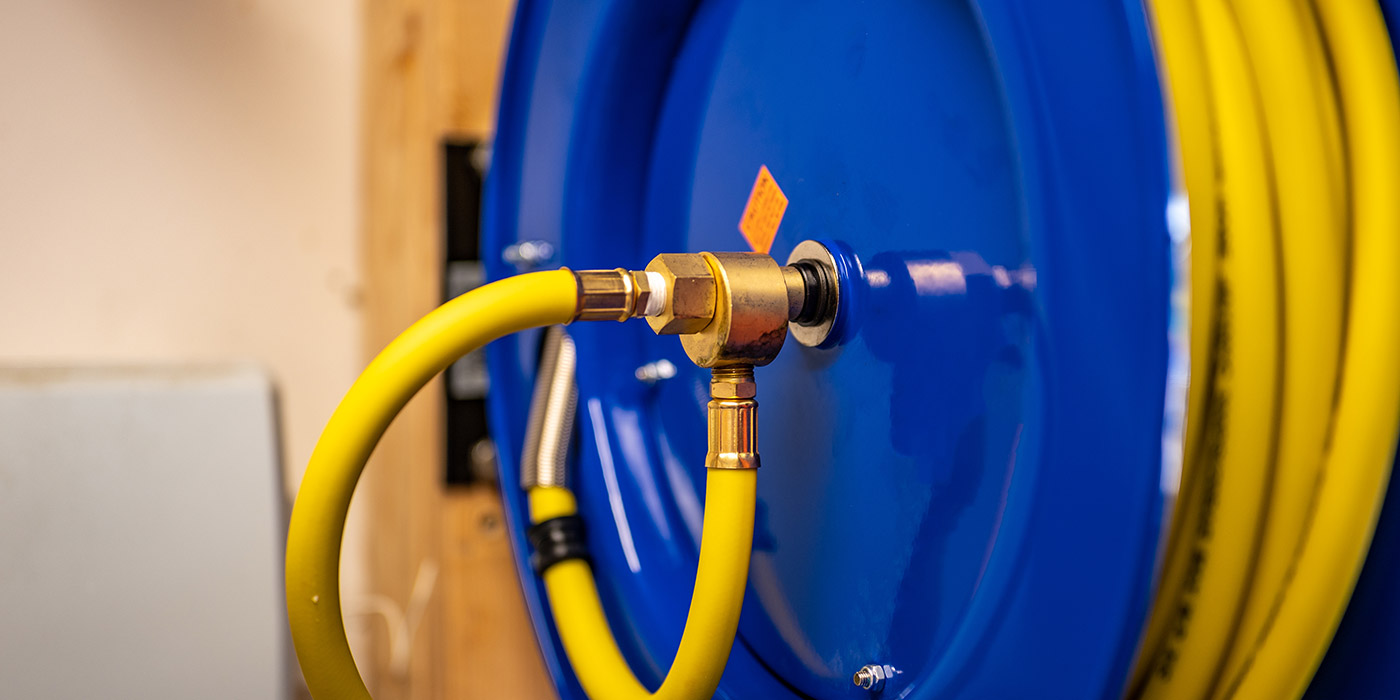The Vehicle: 2007 Honda Pilot, 4WD, V6-3.5L, Automatic Transmission/Transaxle
Mileage: 189,522
Problem: The Honda Pilot was towed to the shop after the intake manifold exploded. The owner said he went to the gas station and filled his fuel tank. As soon as he restarted the car, he heard a loud noise and then saw smoke coming out from under the hood. He quickly opened the hood to find the intake manifold was on fire. He smothered the flames with his coat. Prior to this, the engine had been running fine.
Diagnostic Details: Once the vehicle arrived at the shop via tow truck, the technician immediately called ALLDATA Tech-Assist for some insight on what could have caused the explosion. A Tech-Assist consultant advised that when filling the gas tank with the ignition key off, the evaporative system’s purge control valve should have been closed. If the purge control valve was stuck open, it would allow highly volatile fuel vapors to enter the intake manifold.
As the engine was started, a small intake valve leak or even a hot piece of carbon in the combustion chamber could have caused the fuel vapors in the intake manifold to explode. A good place to start would be testing the purge control valve. The consultant also recommended making sure the cam timing was correct.
The technician inspected the evaporative purge control valve, and it was indeed stuck open with the ignition key off. He also checked the cam timing – it was within specifications. There were also few wires and hoses that got burned and needed to be fixed.
Confirmed Repair: The technician replaced the intake manifold, repaired/replaced some burned wiring and hoses, then replaced the evaporative system purge control valve. After numerous fuel tank refills, the owner reported no further explosions. Fixed!
Reprinted with permission from ALLDATA





